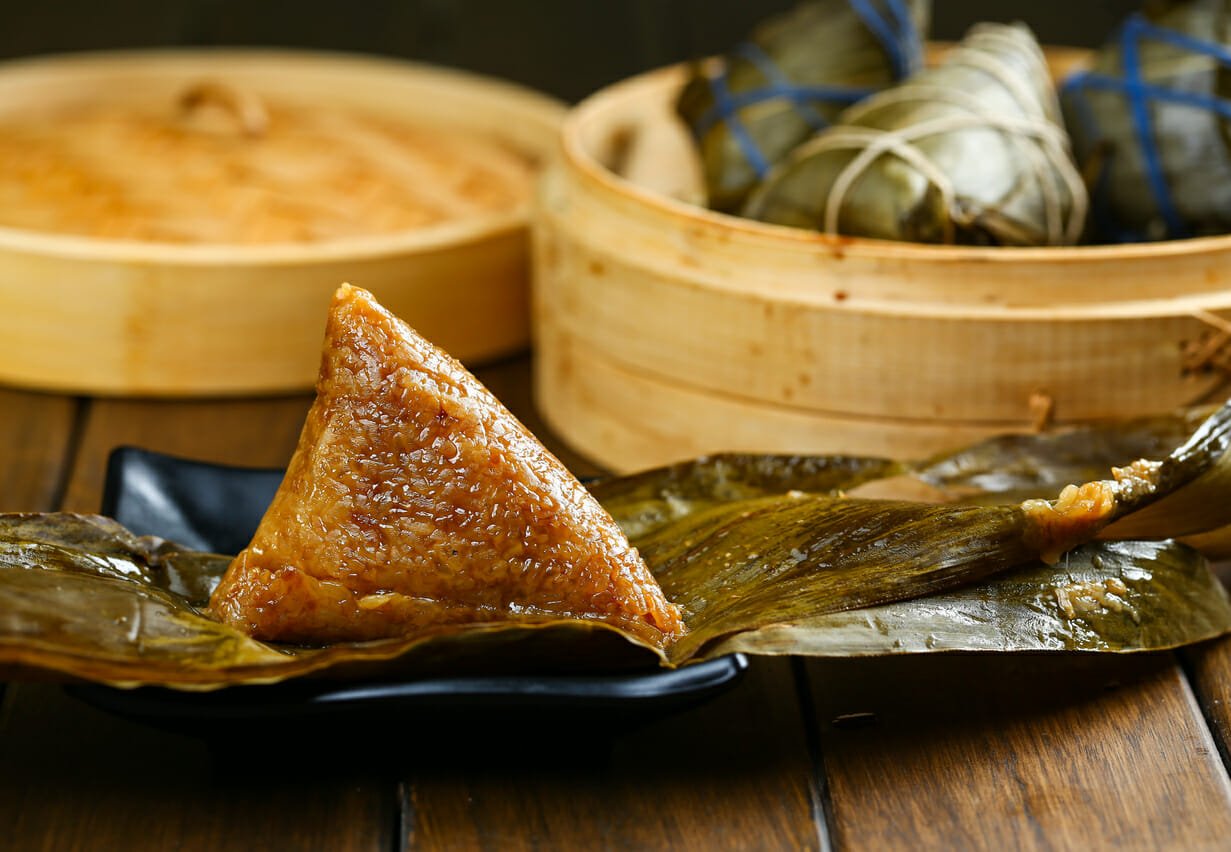One of the most practical reasons to learn Chinese is that you want to use Chinese at work and when doing business. Knowing Chinese as a second language also opens new doors with increased business opportunities and opportunities for employment.
When doing business in China, it is important that you learn a vocabulary related to your industry in addition to negotiation.
Business Chinese: 10 important sentences
1. 我认为如果价格有竞争力,我们就可以达成交易。
Wǒ rènwei rugguǒ jiàgé yǒu jìngzhēnglì, wǒmen jiù kěyǐ dáchéng jiāoyì.
I believe that if the price is competitive, then we can make a deal.
2. 这是你方的价格吗?
Zhè shì nǐfāngde jiàgé ma?
Is this your price?

3. 我们很难再降价了。
Wǒmen hěn nán zài jiàngjiàle.
It is difficult for us to lower the price even more.
4. 我们的价格是最合理的。
Wǒmende jiàgé shì zuì hélǐde.
Our price is the most reasonable.
5. 你们可以降低价格吗?
Nǐmen kěyǐ jiàngdī jiàgé ma?
Can you lower the price?
6. 我们可以向你提供折扣。
Wǒmen kěyǐ xiàng nǐ tígōng zhékòu.
We can offer you a discount.

7. 你们报的是到岸价还是离岸价?
Nǐmen bàode shì dàoànjià háishì líànjià?
Have you given us a price based on CIF or FOB?
8. 我可以保证我们的价格是优惠的。
Wǒ kěyǐ bǎozhèng wǒmende jiàgé shì yōuhuìde.
I can guarantee that our prices are good.
9. 请给我们报最低价。
Qǐng gěi wǒmen bào zuìdī jià.
Can you please give us the lowest price?
10. 所有的价格都是上海港船上交货价。
Suǒyǒude jiàgé dōu shì Shànghǎi gǎng chuánshàng jiāohuò jià.
All prices are FOB Shanghai port.
Do you want to learn business Chinese or know someone who does?
If you want to learn business Chinese, feel free to register for a free trial class or send me an email (Chen Huimin): huimin@laerkinesisk.no.
We offer private lessons and group classes at all levels, HSK 1-6, children, adults, business. All Chinese classes are offered in classrooms or online.
Do you know anyone who wants to learn Chinese? We will give you 500 US dollars as a bonus as a part of our program “Refer a friend – get $ 500” if your friend or others you introduce to us start taking Chinese classes at our school.Register here if this is interesting for you!










